Why Chainette Yarn is My Favorite for Summer Knits
If you’ve seen my video on all of the summer yarns I’ve ever used to date, you know I have been on a quest for a summer-weight yarn that is comfortable to wear in the hottest of environments — or at least as comfortable as anything can be when laid atop boiling flesh in the Texas heat.
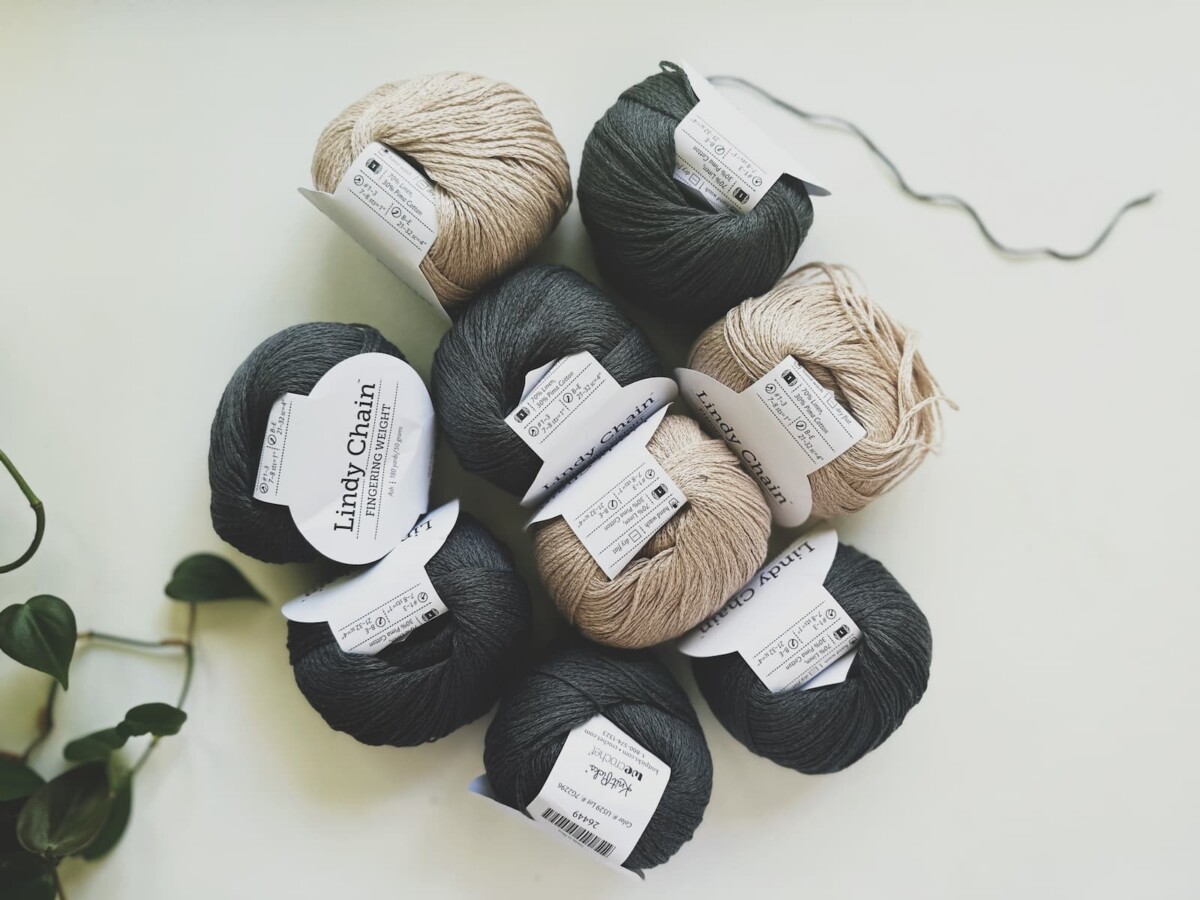
After 16 years of trying summer knits that I loved, but rarely wore, I had to ask myself if such a yarn even existed, apart from the thread in a machine-knit top. You can find more about my quest for the perfect handmade summer top in Episode 72 and specifics on how I’m using it now for the Raw-Tee in Episode 73: The Summer Patterns I’ll Actually Make, but right now I want to focus on the type of yarn I most like to use in the summer: a chainette.
Why a Chainette is My Perfect Summer Yarn
A bit of trial and error, and experimenting with various brands has led me to what I consider my first choice in summer knitting yarn. If you haven’t guessed yet, it is Knit Picks Lindy Chain: a cotton and linen blend fingering weight yarn that is easy to wear and easy on the pocketbook (…pocketbook… how Greatest Generation of me.)
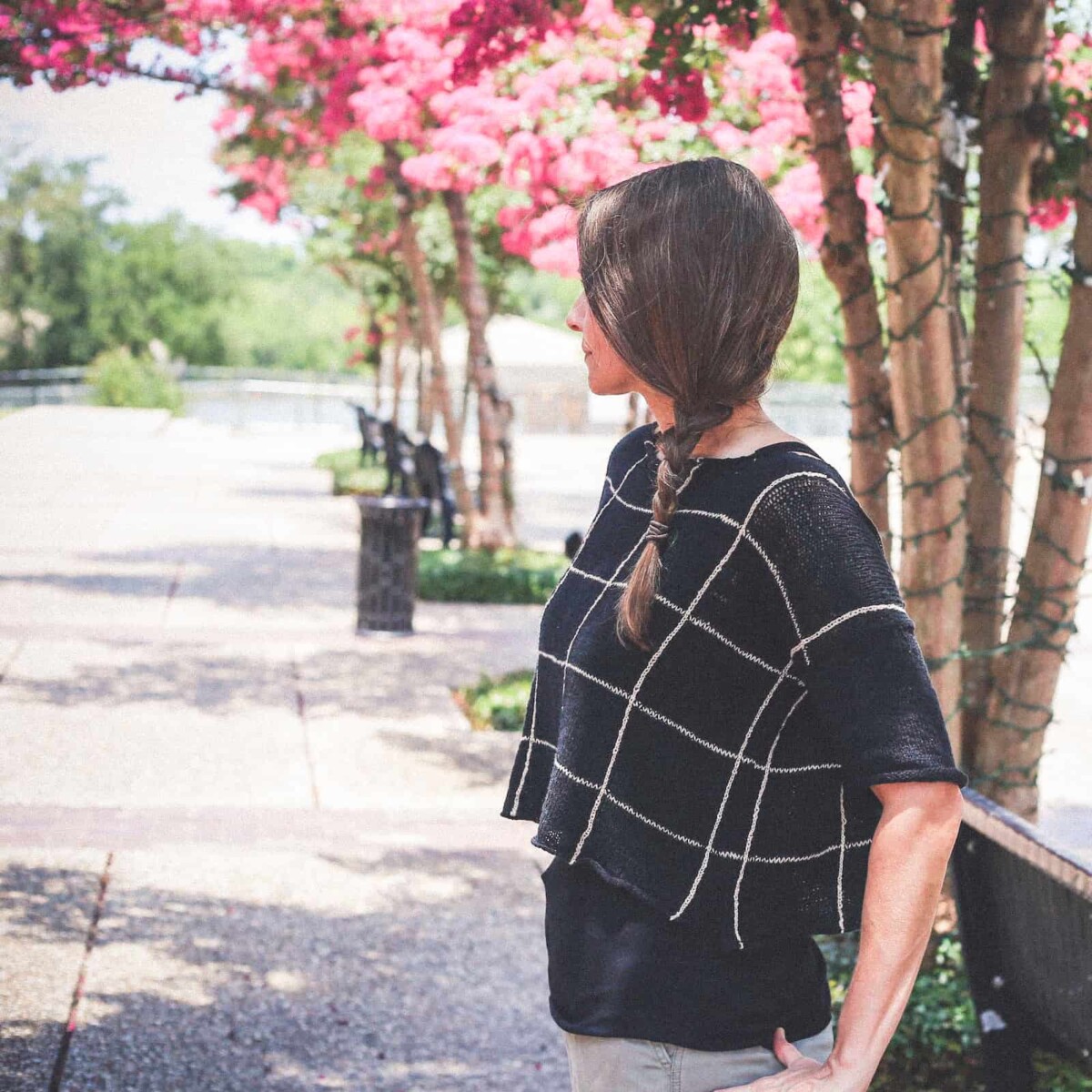
Lindy Chain Is So Lightweight
Lindy Chain’s strand is a combination of 70% cotton and 30% linen strands which are basically machine-knit together into a chainette. When I say chainette, I don’t mean chain plied, which is an incredibly cool plying technique but it does not create an I-cord tube around a hollow core the way chainette yarns do – unless it does and I just don’t know what I’m talking about, in which case you need to let me know. (I don’t spin and there’s not a lot out there discussing the various chainette-making techniques.)
Most chainettes I’ve seen look exactly like an I-cord, but some look like a long braid or crochet chain stitches. A few I’ve seen are made of a roving-like single ply surrounded by what looks like a knitted net (like Rowan Savannah.) The purpose of this little air-filled tube of the chainette is to give the yarn a lofty feel and help the knitted fabric retain warmth.
If I’m Sweating It Out in the Summer, Why Would I Want To Use a Chainette?
Enough talk about retaining warmth! I’m dying here, so I’m appreciative of the fact that Lindy Chain is a loose chainette that has some structure and body, but still allows airflow.
If I compare it to Lion Brand’s Lazy Days which looks exactly like an I-cord tube with a hidden core, I notice my Lindy Chain has a stretched-out, lazy I-cord look to it. If I hold it up to the light, it is see-through. On my body, this translates to light as air.
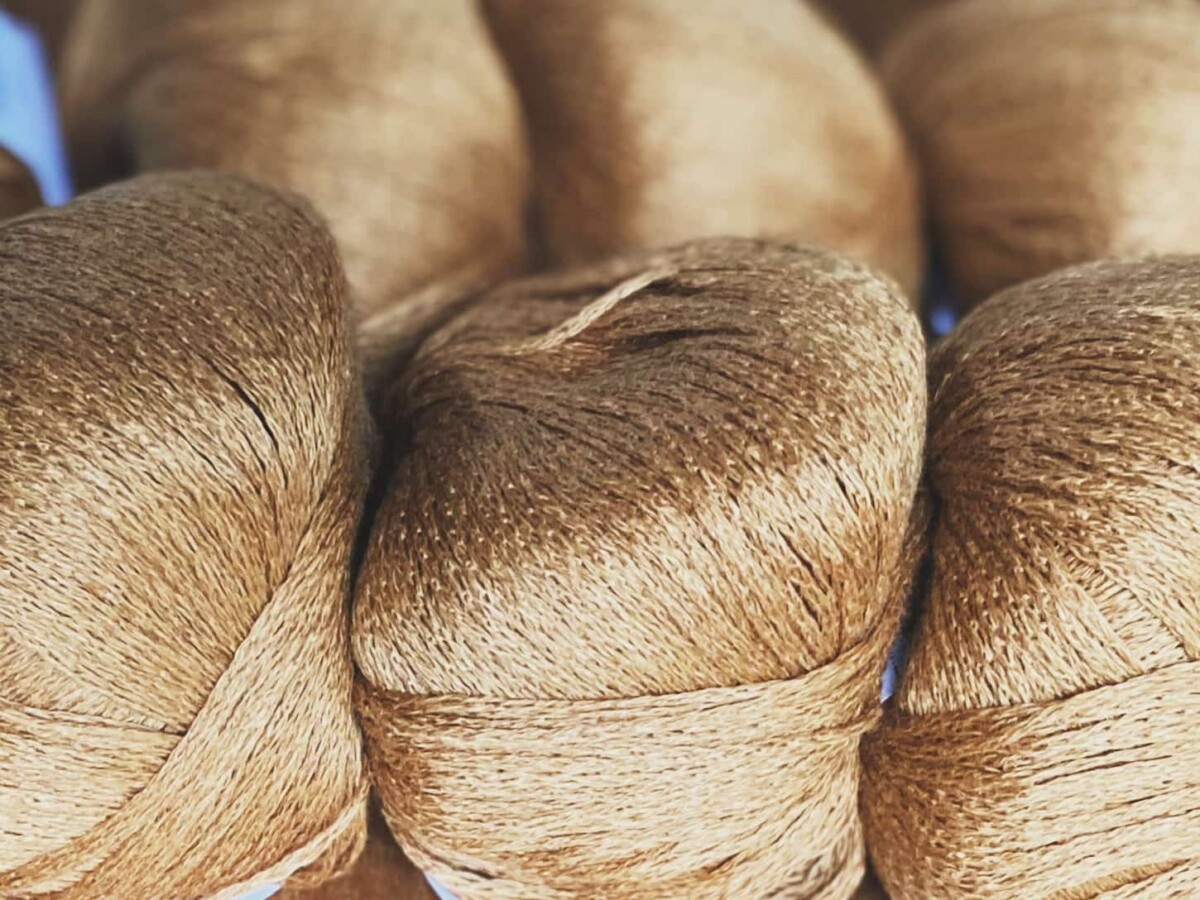
The Chain Has a Little “Give”
Personally, I find that the structure of the chain, made of plied plant fibers, creates a little “give” in a yarn that normally wouldn’t have any. If you are like me and your wrists ache after knitting with cotton, linen, or bamboo you may appreciate that bit of stretch the loops of the chain add to your knitting or crochet.
Where it should be the inelastic death slog that 100% linen has been for me in the past, it now has just enough give to allow me to knit it up much like I would animal fiber – with no pain. The chainette is a wonder.
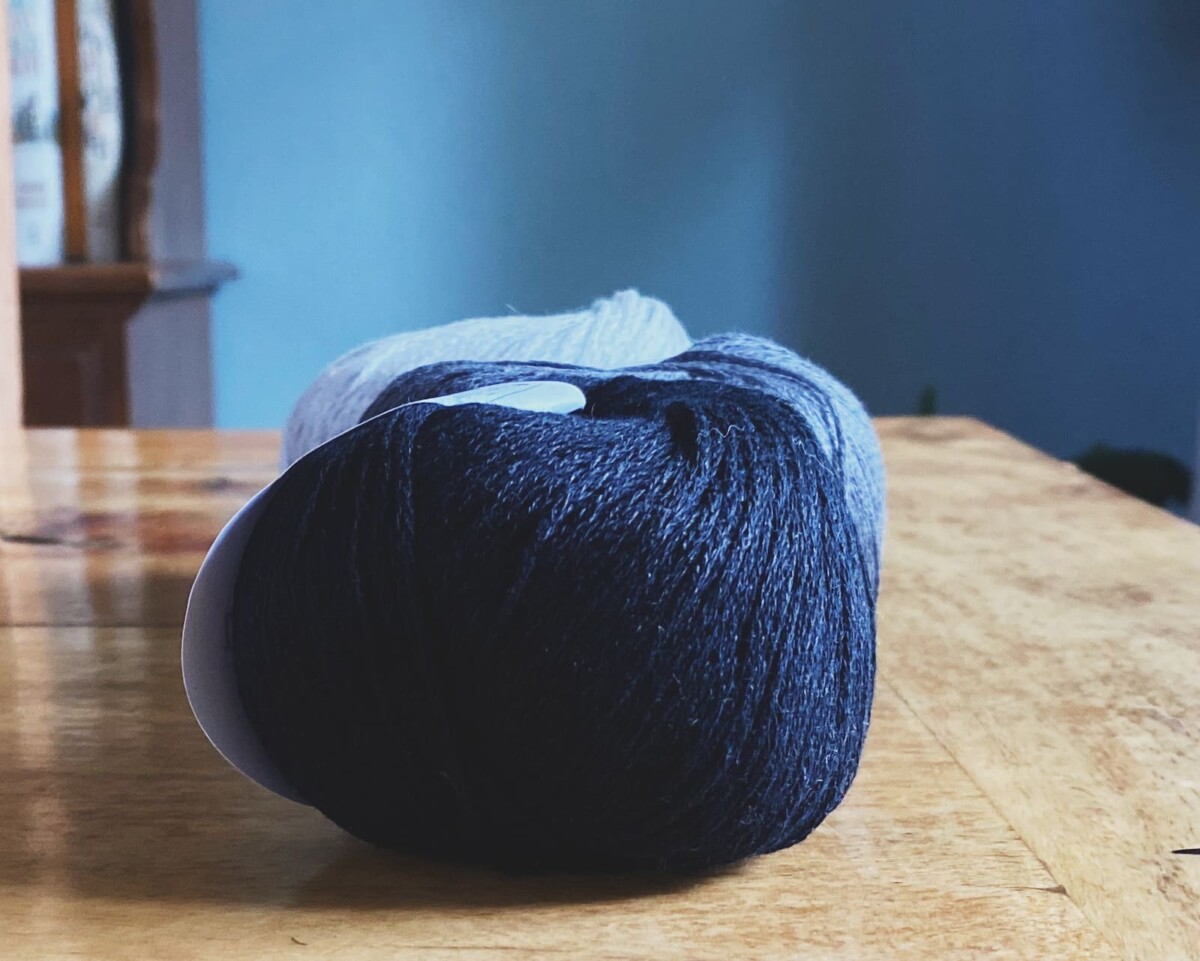
Linen Gives It a Snazzy Sheen
I have never really cared about whether or not my yarn has a little sheen, but the 30% linen content of this yarn does provide a little and that can elevate the tone of a knit. The cotton blend could leave this yarn looking a little rustic, but it is balanced by the linen sheen.
A classic summer tank like Easy Layering Tank that could go over a bathing suit with cutoffs in the morning could just as easily go out to eat over a skirt the same evening. Really anything goes where I live, but I have found that bit of shine makes my Zara top look a little classier than a plaid tee might ought to.
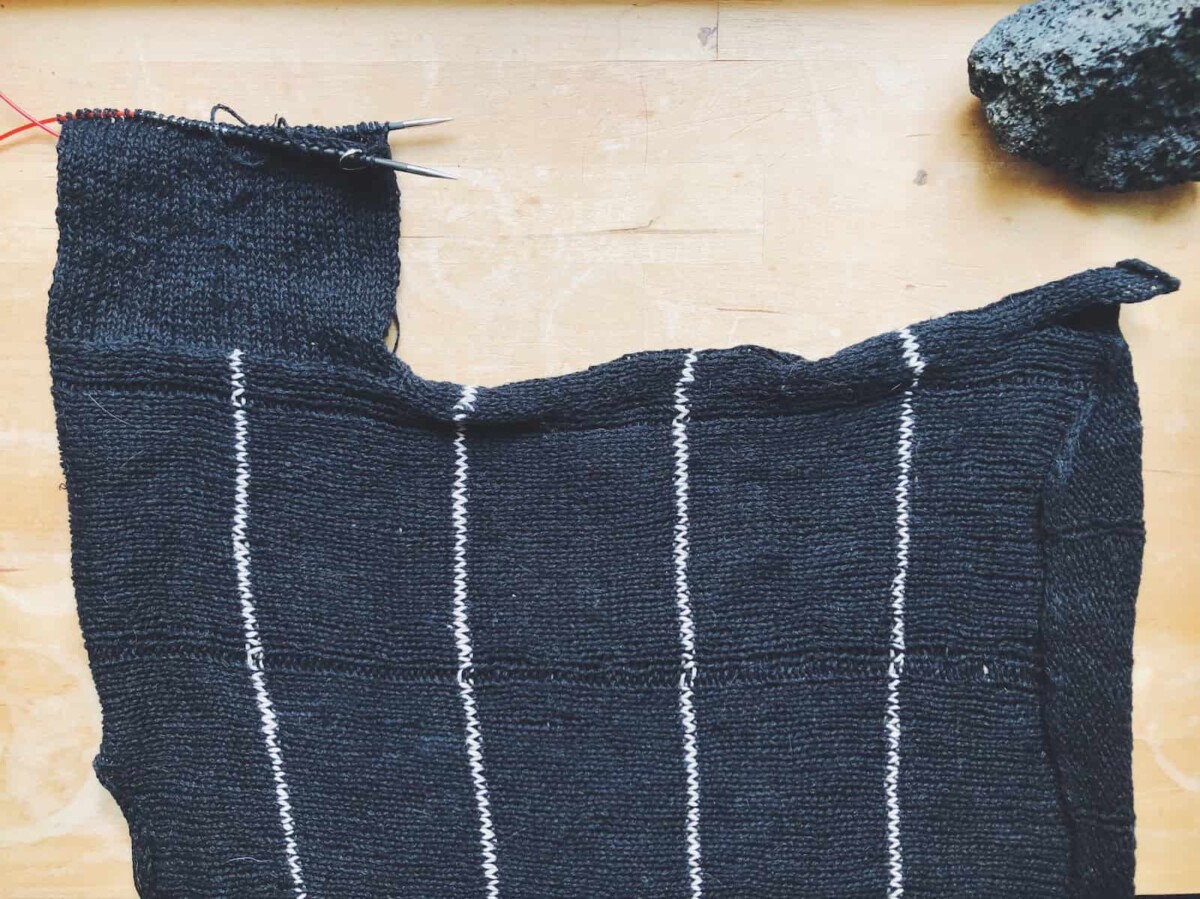
No More Unpredictable Stretch
One last plus the chainette brings to the table is the way it helps to hold the shape of the yarn. I can knit my tops in Lindy Chain with confidence that I do not have to add or subtract length to account for shrinkage or relaxed growth during the washing or drying process.
In general, cotton doesn’t stretch a lot … unless it is weighed down. Have you ever hung a wet, cotton sweater up to dry overnight only to wake up and find the cuffs are dragging the floor and your hanger has created shoulders a Romulan would envy? For cotton, there’s no coming back from that.
I realize there’s less risk of stretching with a lightweight cotton/ linen tee, but I feel confident saying there’s virtually no chance of it happening with Lindy Chain. The chain structure gives what might be a limp, heavy yarn some body while limiting its ability to stretch.
Wash With No Worries About Pilling
Because the fibers are already knit into a tube that is then knit or crocheted into a fabric (getting meta here) they are less likely to pill. I can attest to the fact that my tops knit in Lindy Chain, like my Zara, have no pilling. Whereas the tops I’ve knit in smooth, plied cotton do pill up and eventually show wear. I haven’t yet compared an all-only cotton chainette to plied cotton, but I’m thinking the odds are good that the chainette will wash and wear best over time.
Will a Chainette Work for Both Crochet and Knitting?
I have only used this yarn for knitwear, but as I slowly wade into the world of crochet I have heard that I should watch out for yarns that aren’t “Z” plied since I’m a right-handed crocheter. (Something about the direction we wrap our yarn around the hook or needle either increasing the twist of the yarn or decreasing it.)
Since I am right-handed and want as clean a project as possible I’d rather avoid all of the splitting and twist issues if I can. Thankfully, chainette yarns aren’t plied in the usual way and so I won’t have to worry about the way I twist the yarn with wraps causing the yarn to untwist and split. That’s good news for me as I am about to cast on a striped crochet summer shirt in Lindy Chain.
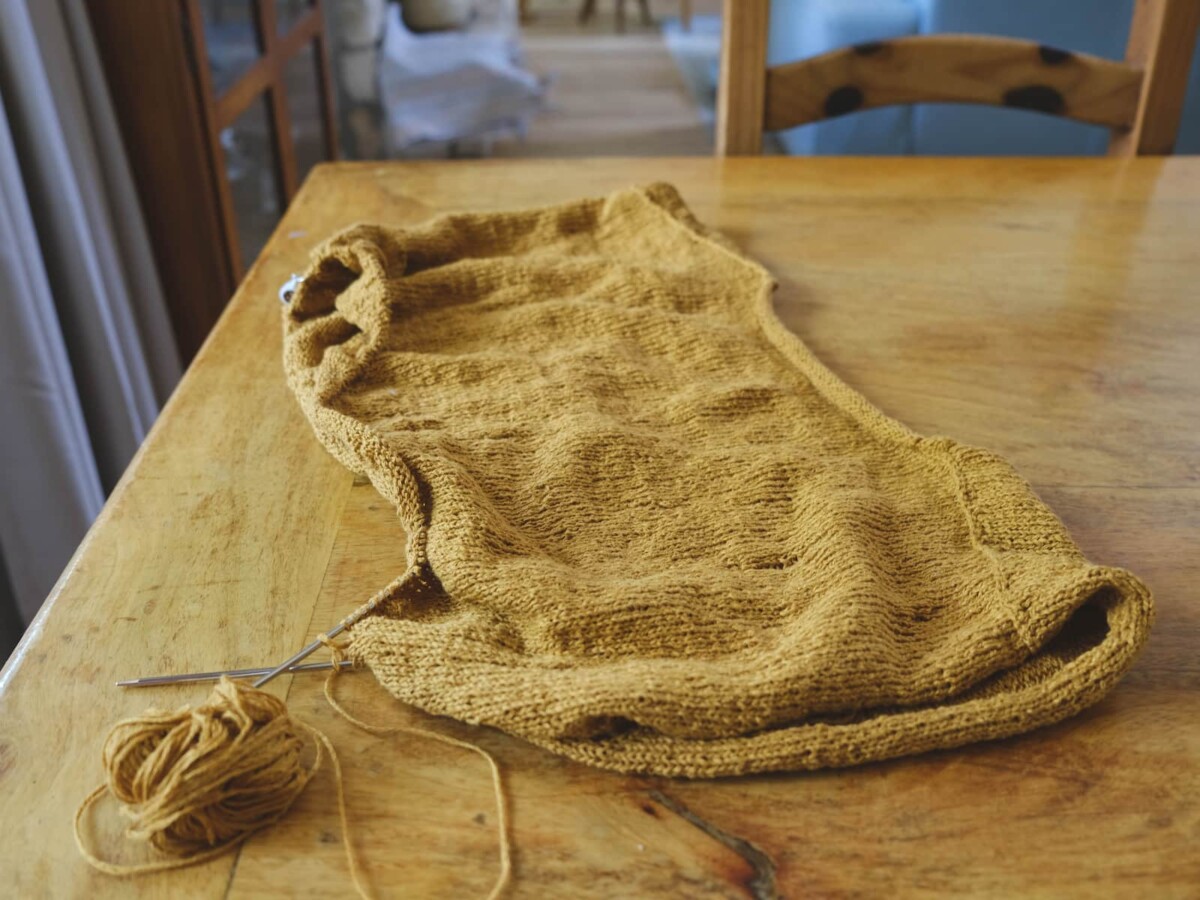
Somewhere Between Delicate and Easy Care?
I know Knit Picks has this yarn labeled hand wash and air dry. But, honestly, I throw my Lindy Chian tops in the washing machine. I don’t think the yarn is that delicate. Now I wouldn’t go so far as to put them in the dryer, but my kind of lazy falls somewhere between delicate and easy care. So machine wash and air dry it is! I don’t have space for a drying rack at the moment, so I usually throw my Lindy Chain tops over the back of a chair or just hang them to dry.
Zara is cropped and very light, so it can be hung on a coat hanger. The Raw-Tee I am currently working on may be a bit long for that, so I may fold it over a hanger and dry it in front of my fan or lay it over the back of a dining chair. I’m not sure yet.
One Last Concern: Joining the Dark Side By Knot Tying
You can’t discuss fabric type and care instructions without considering what to do with all of your loose ends upon finishing a knit. If it were animal fibers or a blend, I’d spit splice, Russian join, or just weave in those ends. But for cotton, linen, and other “slick” yarns, I commit a knitting faux pas. It’s basically a t-shirt design waiting to happen: “Knot Tyer and Proud of It!”
To be specific, I usually weave the loose end an inch or two away from the edge of the garment and to a place where any added bulk of a small knot won’t be visible. On the inside of the top, I tie a knot around the purl bump of a stitch next to the yarn end, leaving a little bit of slack in the yarn. Then, I trim the end fairly close to the knot. When I was new to knitting with cotton it was overkill: I made several knots in each end because I was proud of my work and not going to let a stray breeze blowing undo it.
Now I usually just make one knot, knowing that I have quite a bit of length to this yarn end that was woven in before tying. This is not precise. I’m sure it is “incorrect,” yet so many of the brilliant makers I have met are knot tyers too, so I am in good company.
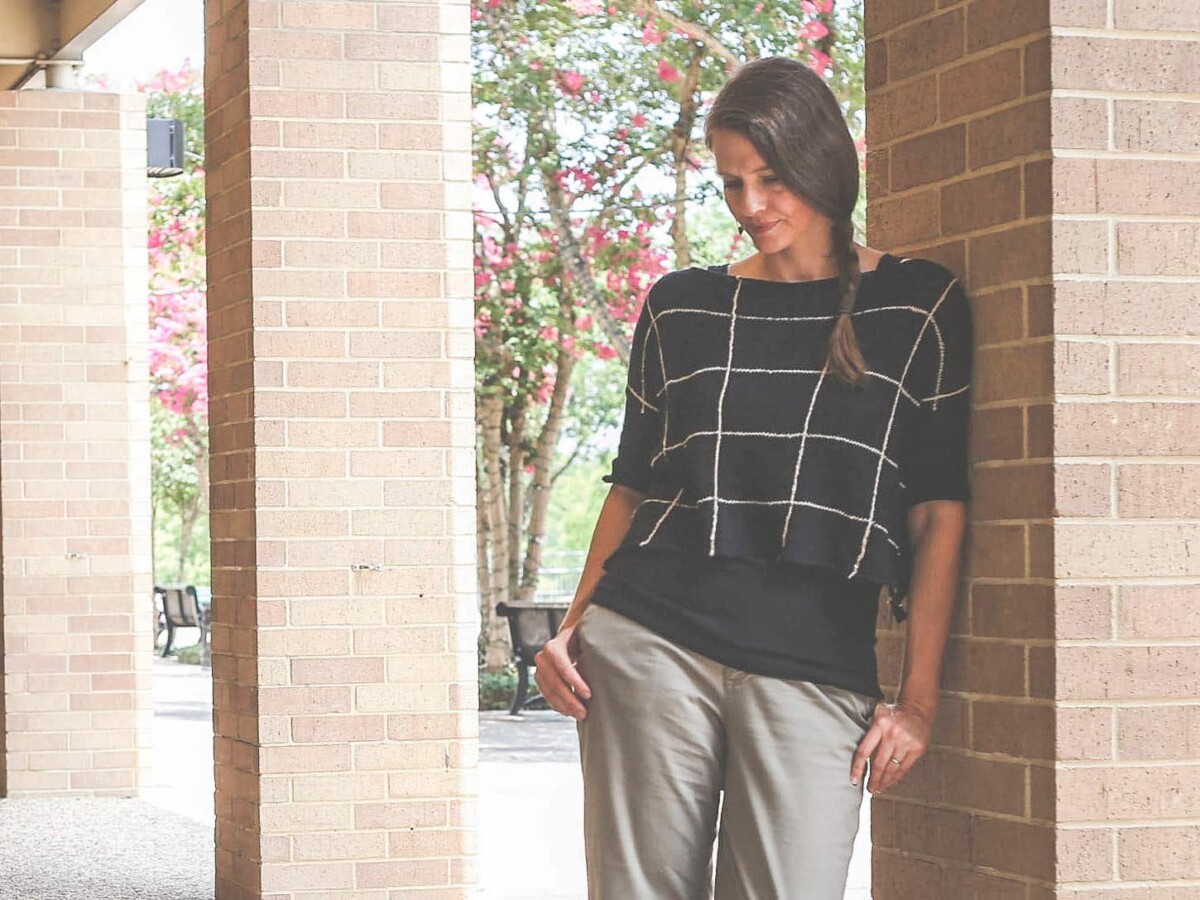
More of My Summer Yarn Adventures
If you haven’t watched me go through my summer yarn and various summer knits of years past, check it out for details on all of the runner-up yarns and the ones that I will never again knit with for a summer top. One reason Lindy Chian didn’t appear in that list until near the end was that it was introduced around 2014. I think I tried it within a year of that and was hooked.
I have been adding to this blog and my youtube regularly so keep checking to see how my latest Lindy Chain tee and upcoming crochet top turn out.
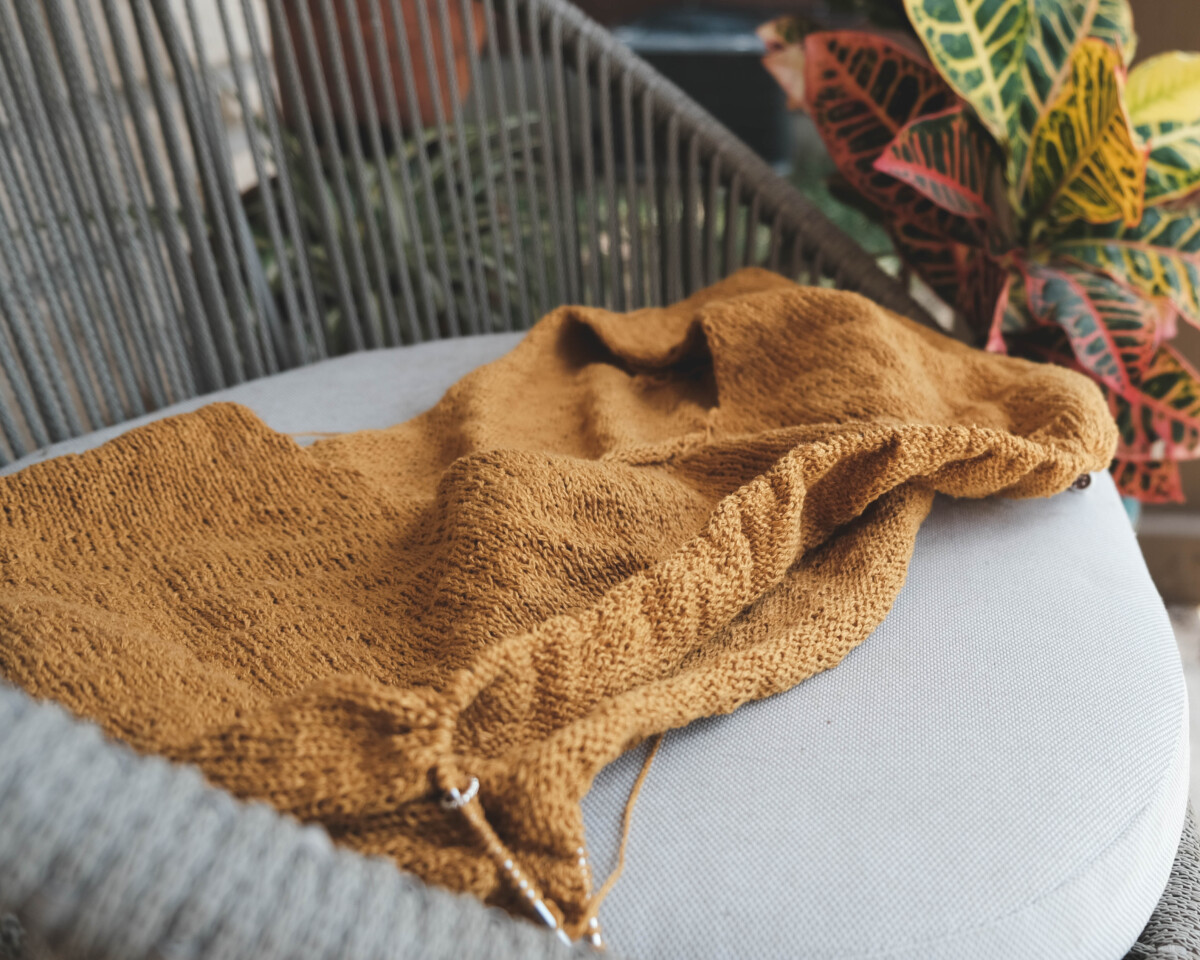
Cast On a Chainette Yarn With Me
Interested in casting on a lightweight summer chainette yarn with me? Here is a list of some other chainettes that are still available online. I can’t find any that are lighter than dk weight, but you may not care about that as much as I do. There’s also Webs’ page on chainette yarns if you’re interested in cool weather variations.
A few chainette yarns that are suited to warm weather, beginning with those that have linen content:
- Dandoh Linen is a 100% linen chainette that is a worsted weight.
- Schoppel El Linio is also 100% linen chainette but is closer to a sport or dk weight.
- Juniper Moon Damask is 100% linen- painted and dk.
- Lana Grossa Linarte is 40%rayon/ 30% cotton/ 20% Linen/ 10% polyamide but still just dk.
- Tahki’s Newport is 67% cotton/ 23% linen/ 10% polyamide but is worsted.
- Rowan Softyak Dk is 76% cotton / 15% yak/ 9% nylon.
- Hobbii’s Limonata is made of recycled cotton and polyester, however, it is dk to worsted weight.
- Mirasol Usun is also dk and 92% cotton/ 8% polyamide.
- Lang’s Kimberly is a worsted weight made of 70% cotton/ 22% hemp/ 8% polyester.
- Lang Sakura is even heavier at a bulky weight and 46% cotton/ 46% acrylic/ 8% nylon.
With so few linen/ cotton chainette options, I’m so grateful that Knit Picks keeps churning out the Lindy Chain, which happens to still be on sale today in their Summer Sale. Wow, I didn’t even mention what a good price this yarn is. Price is often a deciding factor for me and this yarn is a good buy even when it’s not on sale.
Okay, enough gushing — this isn’t an advertisement. If you do try it for the first time, please reach out and let me know how you like it!

